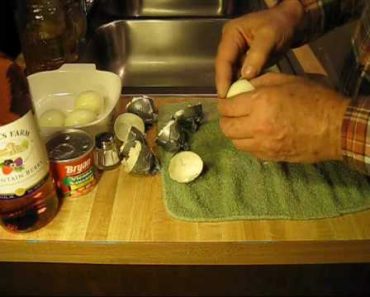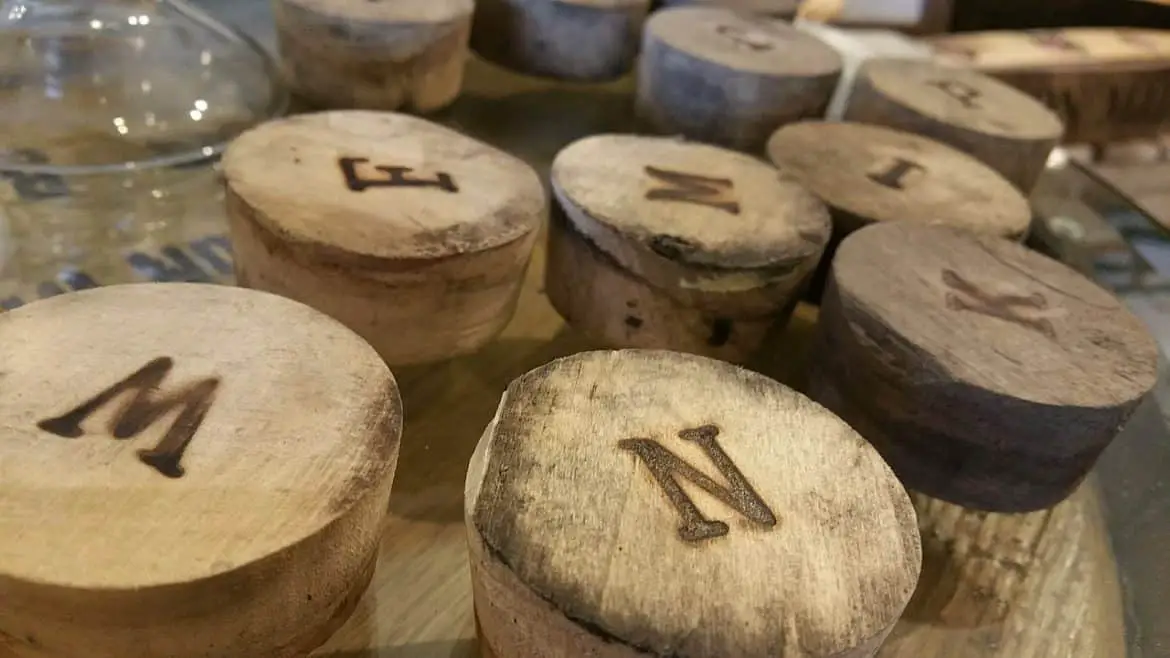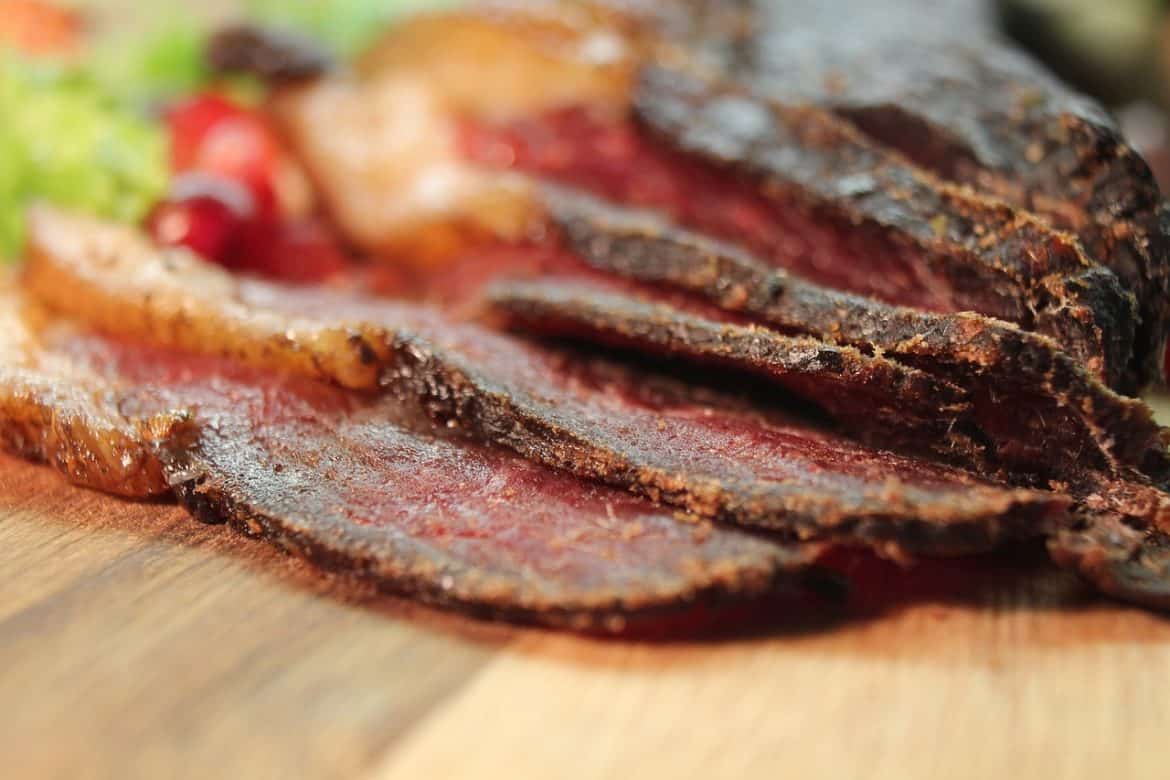I want to share ShopDogSam’s video on How to Peel A Hard Boiled Egg With Duck Tape Wala Shazam – This borders on alchemy. I just found this guy on YouTube, and think he is funny as well as smart. Get two strips of standard (non fancy camouflage kind) duct tape and affix the […]
Category: Cooking & Food Storage
Various articles on food storage, food preparedness, cooking, and general kitchen stuff
How to Make a Homemade Taco Salad Bowl
Today’s recipe for s homemade taco salad bowl is a favorite go-to recipe at our house. It is cheap, easy, tasty, and since the tortilla’s are baked instead of fried it is healthier than the store bought versions. Basically all you are doing is lightly rubbing oil on flour tortillas, forming them slightly, and […]
Bung Sizes for Brewing
Today’s article on Bung sizes is more for me, than it is for you. I need a handy reference of what the numbers on the sides of the rubber stoppers mean in relation to size. The other day I needed a stopper for a non-standard (meaning scrounged) glass carboy. The jug was bigger than my […]
How to Make Your Own Meat Curing Chamber
This post is about how to make your own curing chamber. Our ancestors cured meat to survive, so it can’t be that complicated, right? Well, as humanity has advanced so has the science of food preservation. Curing meats is part of the cooking field called charcuterie. Curing Process Basics A combination of spices and drying […]
How to Can Meatloaf for a Easy Meal
I saw this idea for canning meatloaf on YouTube (user BexarPrepper), and wanted to try it out. Her recipe looked really good, but I realize most everyone has a meatloaf recipe so I would not bore you with mine (especially since it has not measurements and changes based upon my feelings and the ingredients […]





